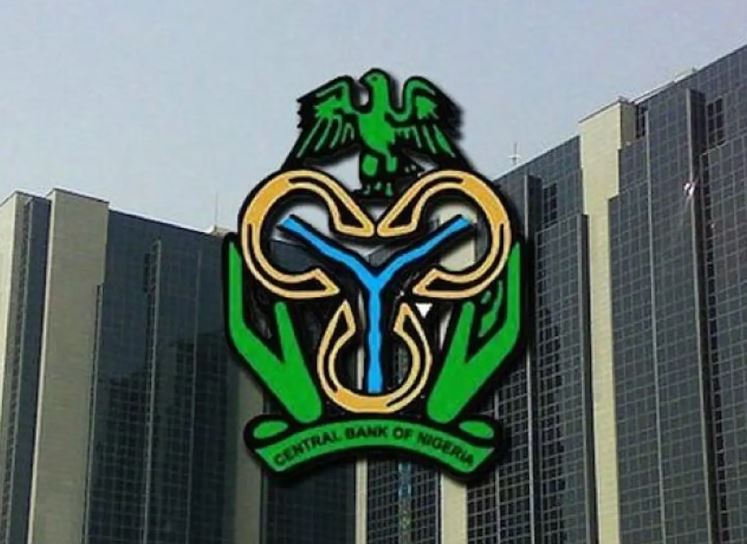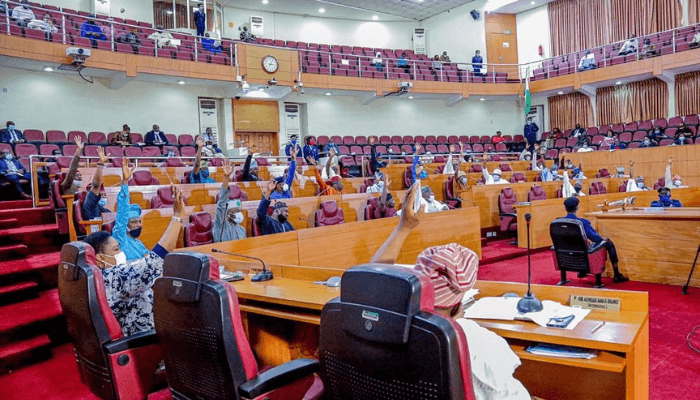policy shift
Liquidity in Nigeria’s financial system surged to an all-time high of N5.73 trillion on Monday, rising sharply from N4.02 trillion recorded the previous Friday. The jump comes in the wake of fresh monetary policy adjustments by the Central Bank of Nigeria (CBN).
At its 302nd Monetary Policy Committee (MPC) meeting last week, the CBN reduced the Monetary Policy Rate (MPR) by 50 basis points to 27 percent—the first rate cut since November 2024.
Alongside the adjustment, the bank narrowed the Standing Facilities corridor to +250/-250 basis points around the MPR, from the previous +500/-100.
The policy shift has spurred an unprecedented flow of funds into the CBN’s Standing Deposit Facility (SDF), with placements climbing to N5.39 trillion on Monday alone.
The SDF allows commercial banks to deposit surplus liquidity with the CBN in exchange for interest, serving both as a stabilizing tool for money markets and a mechanism to absorb excess liquidity from the system.
The development comes against the backdrop of moderating inflation. Nigeria’s headline inflation rate eased for the fifth consecutive month in August 2025, settling at 20.12 percent. The sustained slowdown created room for the MPC to ease rates modestly while maintaining measures to safeguard stability.
Since the MPC’s decision, system liquidity has more than doubled—from N2.12 trillion last Monday to N5.73 trillion this week.
Analysts note that much of the buildup reflects banks’ preference for safe returns at the apex bank rather than riskier lending in the wider economy, where non-performing loans rose to 6.03 percent in Q1 2025.
While the sharp increase in liquidity is largely sterilized at the CBN, it has still impacted short-term interest rates. Interbank lending costs dropped to their lowest levels in nearly a year, with the Open Buy Back (OBB) rate falling to 24.5 percent and the overnight rate easing to 24.88 percent on Wednesday, September 24, 2025. These levels were last seen in early November 2024.
Speaking on the implications of the policy shift, Abigael Kazeem-Adeshina, Research Analyst at Norrenberger Financial Group, said the CBN’s move reflects a “delicate balancing act.” She explained that while the rate cut aligns with market expectations, the corridor adjustment ensures that liquidity is effectively managed, limiting inflationary risks even as credit conditions ease.
Looking ahead, she suggested that the MPC could consider another moderate rate cut in November, depending on inflation trends in September and October, which are projected to continue easing.
For now, the CBN’s strategy has injected fresh momentum into the financial system, boosting banks’ appetite for the SDF.
However, the surge in sterilized liquidity also means that the immediate spillover to credit creation and real sector growth remains constrained—highlighting the central bank’s cautious approach in managing Nigeria’s fragile economic recovery.





